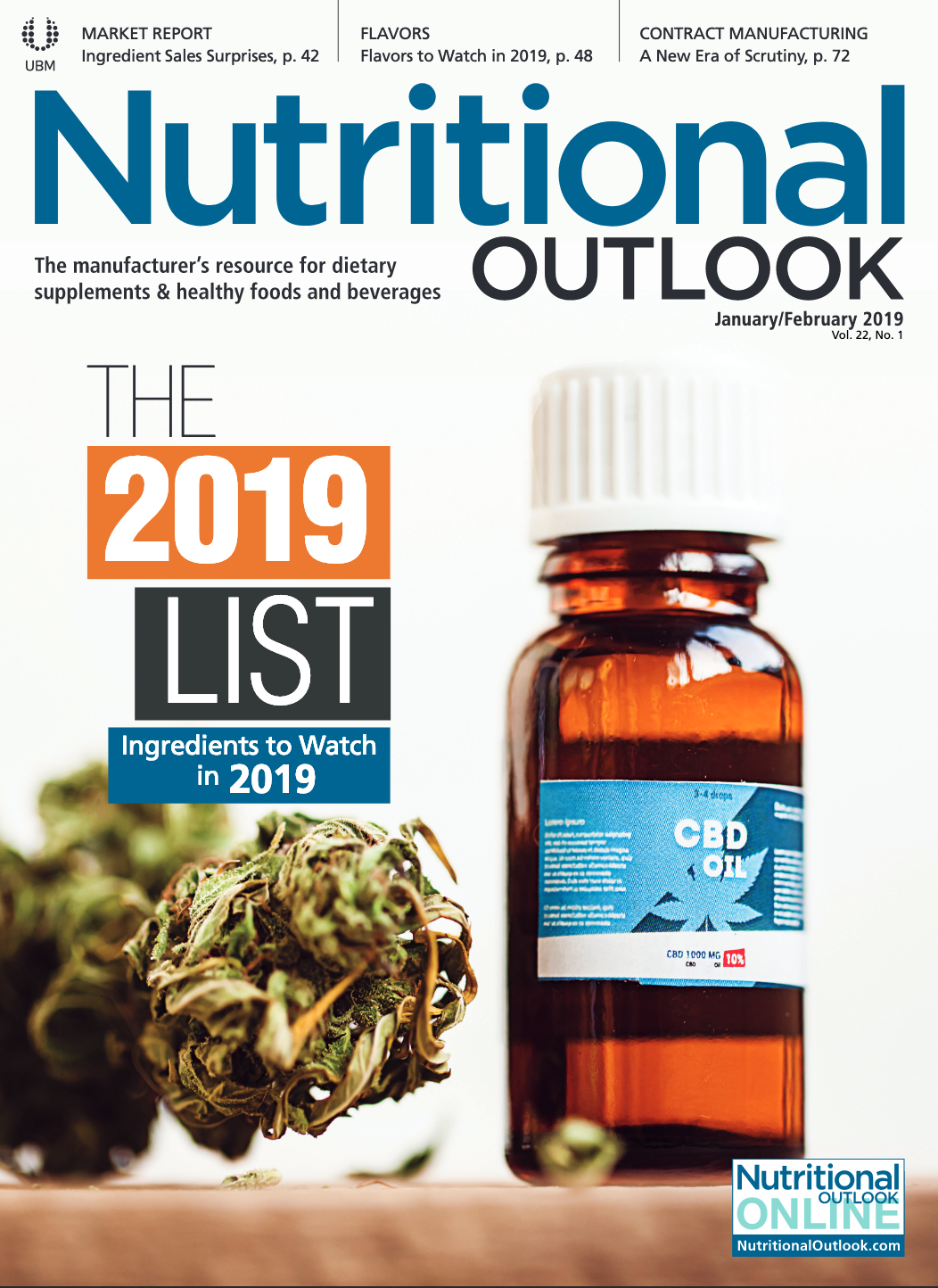Three cheers for chicory!
Chicory root fiber’s versatility and health halo benefit a variety of food and beverage applications.
Image Courtesy Cat_Smile - Stock.Adobe.com

In June 2018, FDA included inulin and inulin-type fructans within the agency’s new legal definition for dietary fiber, which was established alongside the agency’s revisions to the Nutrition Facts panel. Chicory root fiber is not a new ingredient, but nonetheless underwent an extensive scientific review by FDA-during which time food formulators were left on the edge of their seats to find out whether inulin, a dominant dietary fiber found in chicory root, would ultimately be approved as a dietary fiber in food.
“We were never really too disheartened by the process; we were always confident in the outcome because inulin is essentially the most studied dietary fiber,” says Taylor Halstead, product line manager, specialty carbohydrates, for Cargill (Minneapolis, MN). “Obviously, the timing for food manufacturers became stressful,” he adds. Manufacturers did have reason for concern considering both the versatility of chicory root fiber in food production as well as the valuable fiber claims it affords.
Versatility
A variety of trends have driven the use of chicory root fiber in food and beverage applications. One of those significant trends is sugar reduction. Here, chicory root fiber can assist with sugar reduction by helping with flavor and texture.
“Being soluble and having a pleasant and mild sweet taste, inulin and oligofructose [a short-chain inulin] are easily incorporated into an extensive range of food products, from yogurt to breakfast cereals to savory items, while maintaining or even improving taste and texture,” explains Jon Peters, president of Beneo Americas (Parsippany, NJ). “For example, in cereal bars Beneo’s prebiotic chicory root fiber adds fiber and also contributes to digestive health while helping to reduce sugar and calories. Additionally, chicory root fiber acts as a humectant, helping bars and other products remain soft over time.”
Cargill’s Halstead points out that chicory root fiber is seen in today’s trendiest foods-such as ketogenic and Paleo-as much as it is in more traditional foods. “You can use it as a replacement for sugar…because it contributes to browning and crumb development and doesn’t really impact the texture or density of the baked good negatively, compared to other sources of fiber.”
Chicory root fiber is also used as a masking agent to balance undersirable off-notes coming from high-intensity sweeteners. Peters explains that oligofructose provides flavor masking, while inulin is ideal for body and creamy mouthfeel in functional beverages such as meal replacements, coffee drinks, smoothies, and shakes.
And in the area of fat reduction, chicory root fiber again demonstrates its versatility. “Long-chain inulin is a very effective fat mimetic and it has some gelling properties that lend itself to applications as a texturant, enhancing creaminess, so it is used in a lot of low-fat or reduced-fat applications,” explains Halstead.
Fiber Claims
Chicory root’s fiber and prebiotic properties offer important health benefits to consumers. Chicory root fiber has been shown in research to support digestive health, bone health, and energy, explains Peters.
“For a healthy and prevention-oriented diet, a dietary fiber intake of 25 to 38 g/day is recommended,” he explains. “But actual intake is still far below this recommendation. The uniqueness of chicory root fibers is that they make it incredibly easy to combine health benefits with great technical performance,” marrying chicory fiber’s high solubility, mildly sweet taste, and texture properties with high fiber intake.
There is also label appeal. “Consistently using a botanical origin name like ‘chicory root fiber,’ and also using the word fiber in the description of that ingredient, is perceived as more healthful to the consumer,” says Halstead. “Using fiber is a great way to communicate the benefits.” Plus, he says, with its non-GMO and gluten-free attributes, chicory root fiber is “compatible with a number of the label claims that customers want to make to begin with.”
And what of highlighting chicory fiber’s prebiotic properties and their role in maintaining a healthy microbiome? On that front, manufacturers are still figuring out how to best communicate the benefits of prebiotics on their labels. “One out of two consumers associate prebiotics with being good for digestion, while two of three do so for probiotics,” says Peters.
Halstead says that while awareness is growing, understanding of prebiotics is still limited among consumers, which is why manufacturers are learning how to communicate these benefits more effectively. “We get more and more questions about prebiotics, how to communicate it. We know that there is a desire from consumers to understand more about the microbiome and how that ties back to the overall sense of health and wellness,” he says.


























